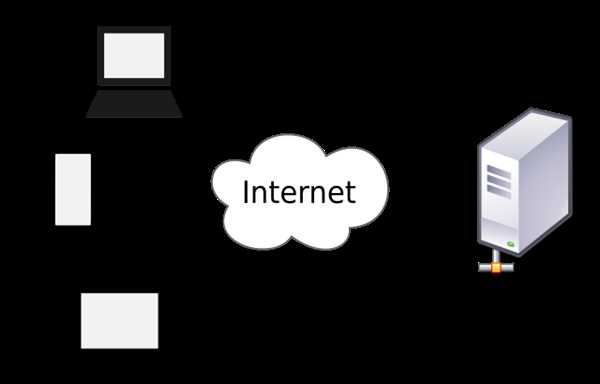A client and a server are two essential components of client-server architecture, which is a common model used in computing and networking systems. While both are crucial to the functioning of this architecture, they serve different purposes and have distinct roles.
A server is a computer or device that provides services or resources to other devices or computers in the network. It is designed to respond to requests from clients and provide them with access to resources like files, databases, applications, or other services. Servers often have powerful hardware, larger storage capacity, and are optimized for high performance and reliability. Servers can be categorized based on the type of services they provide, such as web servers, email servers, file servers, etc.
On the other hand, a client is a computer or device that requests services or resources from a server. A client device can be any device that is connected to the network, such as desktop computers, laptops, smartphones, tablets, etc. The client sends requests to the server for accessing resources or services, and the server responds by providing the requested information. Clients are typically optimized for user interaction and often have limited hardware and storage capacity compared to servers.

The interaction between the client and the server is usually facilitated by a communication protocol, which defines the rules and standards for the exchange of information. The most common protocol used in client-server architecture is the Transmission Control Protocol/Internet Protocol (TCP/IP), which enables reliable communication between devices in the network.
The communication between a client and a server can be either synchronous or asynchronous. In synchronous communication, the client waits for a response from the server before continuing with its task. This type of communication is used in applications where the client requires immediate feedback from the server. In asynchronous communication, the client sends a request to the server and continues with its task without waiting for a response. This type of communication is used in applications where the client can perform other tasks while waiting for the server to respond.
In summary, the difference between a client and a server is that a server provides services and resources to other devices or computers in the network, while a client requests these services and resources from the server. Both components are critical to the functioning of client-server architecture and rely on communication protocols to exchange information.